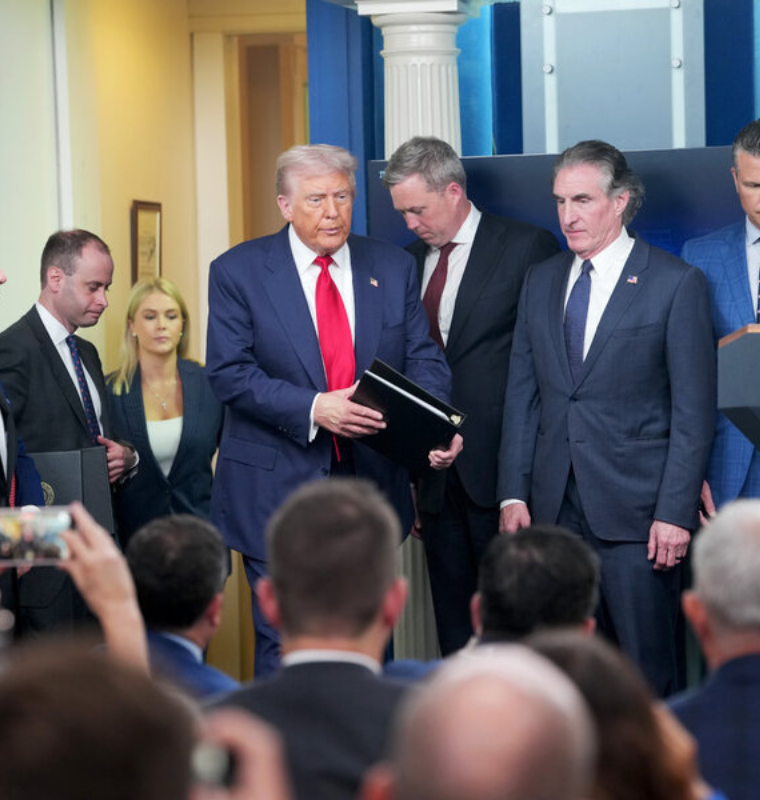China’s Price Wars Are Reshaping the Market—but Consumers May Pay the Hidden Costs
China’s Price Wars Are Reshaping the Market—but Consumers May Pay the Hidden Costs
By
Leah Rosenfeld
Last updated:
July 21, 2025
First Published:
August 6, 2025
_1752032920.jpg)
Photo: The New Straits Times
The Rise of Price Wars in China
In China’s post-pandemic economy, price has become the ultimate battleground. From electric vehicles and e-commerce to food delivery and solar panels, companies are slashing prices in an all-out effort to attract price-conscious consumers. While this fierce competition may look like a win for shoppers, it’s creating ripple effects that go far beyond cheap deals.
Why Prices Are Plunging
Chinese consumers have become significantly more value-driven since the pandemic, curbing non-essential spending due to sluggish wage growth, a prolonged housing slump, and high youth unemployment, which officially hit 21.3% in 2023 before China stopped publicly reporting the metric.
To stay relevant in this tougher environment:
- Auto manufacturers have rolled out steep discounts, often supported by state subsidies.
- In the instant commerce space, giants like Alibaba, JD.com, and Meituan are pledging billions of yuan in discounts and delivery subsidies to grab market share.
For example, Meituan offered bubble tea for just 0.99 yuan (about $0.14) in select cities earlier this year, reflecting the intensity of the price battle.
The Consumer Perspective: A Mixed Bag
On the surface, consumers seem to benefit.
Li Kun, a Beijing resident considering a new XPeng electric vehicle, told local media:
“The more they compete, the better for buyers!”
But not all shoppers feel secure. Yu Peng, another resident, expressed concern over timing purchases.
“If prices drop again after you buy, there's nothing you can do. Just enjoy it early.”
The Hidden Costs of Cheap
As brands fight for survival, there are rising concerns about quality compromises, product safety, and economic instability.
Reports of low-performing assisted driving systems, vehicle recalls, and cutbacks on material quality have emerged across forums and reviews.
The Chinese Communist Party’s Qiushi journal recently warned that “bad money is driving out good,” arguing that unsustainable discounts could hurt the long-term development of brands, drive down wages, lower tax revenues, and stall innovation.
On July 17, China’s State Council (Cabinet) announced new measures to regulate “irrational competition”, vowing to shift the focus from price to technology and quality differentiation.
The Auto Sector: Survival at All Costs
According to Jato Dynamics, China’s auto market is oversaturated—with dozens of brands releasing nearly identical electric or hybrid models. Lowering prices has become the go-to tactic to avoid losing relevance.
Automakers like Lynk & Co are trying to compete without losing sight of long-term goals. Jim Ma, a senior sales executive at the firm, said their strategy is about customer loyalty over instant profits.
“Our cars have a mini-fridge, rotating seats, even a built-in LED message board. Price matters, but many customers still want safety, family-friendly features, and good service.”
Global Impact: A Market Shift With Political Weight
The consequences of China’s pricing battles are also being felt beyond its borders.
In Europe, Chinese electric vehicles (EVs) are entering the market with lower prices or better features compared to legacy automakers.
According to Julia Poliscanova of Transport & Environment, Chinese EVs offer strong value and are helping close the affordability gap left by slower European brands.
But the EU is pushing back. New policies around tariffs, minimum pricing, and supply chain localization are being negotiated to prevent economic disruptions. Consumers, while appreciative of cheaper alternatives, are expressing concern over job losses in local industries.
Already, companies like Ford and Volvo have announced job cuts in Europe, citing rising pressure from Chinese competition.
What’s Next?
The race to undercut the competition is unlikely to end soon. China’s tech and manufacturing giants are laser-focused on maintaining market share in a challenging economic climate. Yet the central government now appears more committed to reining in extreme discounting, recognizing that price cuts alone are not sustainable for a high-tech economy.
The big question now is whether China can transition from a price-led competition model to one that emphasizes innovation, safety, and long-term brand value—before these aggressive tactics cause deeper structural issues.
Popular articles
Subscribe to unlock premium content
Disney’s Timeless Magic and How the Entertainment Giant Continues to Shape Culture and Innovation

Imran Khan’s Economic Missteps Amid Political Chaos in Pakistan

The Philippines’ Digital Shift How Remittances and BPO Are Fueling Growth

Disney’s Timeless Magic and How the Entertainment Giant Continues to Shape Culture and Innovation

Imran Khan’s Economic Missteps Amid Political Chaos in Pakistan

Disney’s Timeless Magic and How the Entertainment Giant Continues to Shape Culture and Innovation









